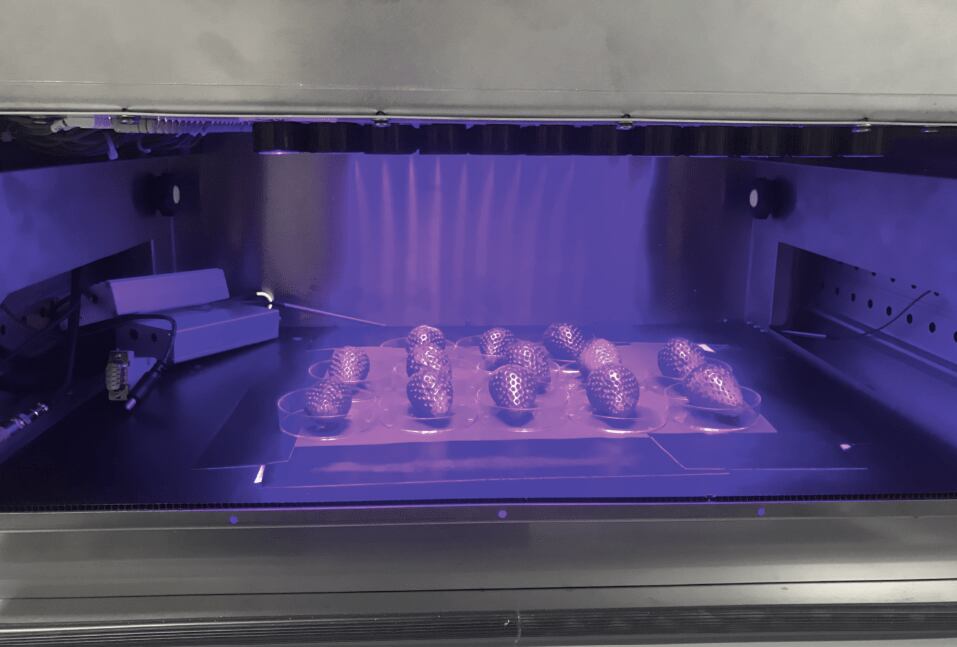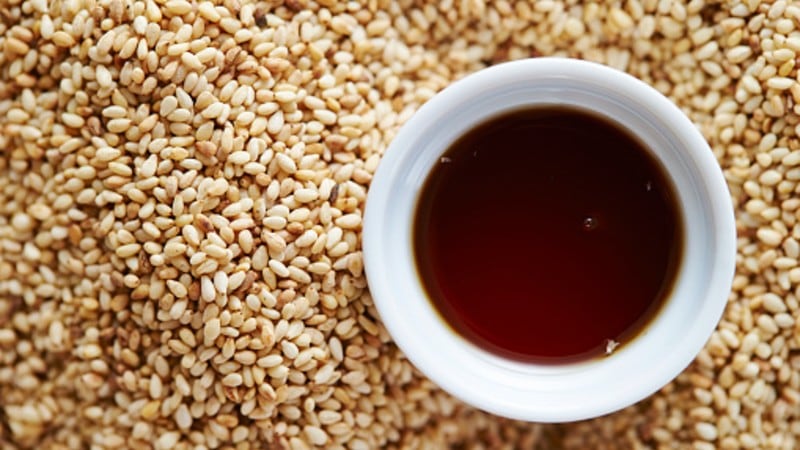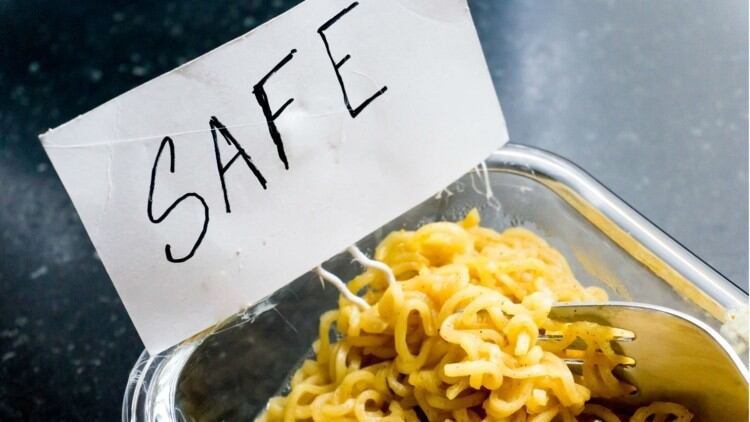In this study conducted by researchers in Singapore, China and Korea under Professor Weibiao Zhou at the Department of Food Science & Technology, National University of Singapore (NUS), the 405 nm LED illumination technology had a significant anti-fungal effect on Rhizopus stolonifer and Botrytis cinerea in strawberries.
The technology is commercialised by a Singapore-based company SafeLight, which previously tested its anti-fungal effect on tomatoes.
According to second author, Dr Vinayak Ghate, research fellow at NUS as well as CEO at SafeLight, fresh fruits and vegetables are the largest contributor to food waste globally, and moulds are the major causes of food spoilage.
While bacteria also cause fruit spoilage, moulds are a more pressing issue: “They can survive in conditions of low water activity better than bacteria can. This also makes them a more serious environmental threat in the fruit supply chain.”
Strawberries are typically maintained in a cold chain of 2°C to 8°C, however, refrigeration may not be enough to control the growth of certain moulds such as B. cinerea. Lowering the temperature further would only induce chilling injuries in strawberries.
Some non-chemical preservation methods have been studied to prevent this spoilage including coatings infused with essential oils, although this may influence taste.
Study design
In this study, strawberries were artificially inoculated with either Botrytis cinerea or Rhizopus stolonifer.
Researchers either applied 405 nm LEDs to strawberries for 12 days, or kept them in the dark as a control.
Mould viability and physicochemical properties such as strawberries mass, colour, hardness, total phenolic content, antioxidant activity, anthocyanin content, and sugar levels were then measured.
Anti-fungal effect
Findings showed that the LED treated strawberries had lower mould counts compared to the control.
The technology works by exciting endogenous light sensitive compounds in fungi such as porphyrins with the illumination. Their subsequent de-excitation and collision with neighbouring oxygen molecules produces reactive oxygen species (ROS), causing damage to DNA, lipids and proteins, to inhibit mould reproduction and eventually cause death of fungal cells.
The population of R. stolonifer on control strawberries increased up to 7.0 log CFU/g after 12 days, but the population on illuminated samples remained constant around 3.5–4.0 log CFU/g. The trend was similar for B. cinerea.
In reality, there is always the possibility of more than one mould colonising a fruit, which Ghate said could be a topic of investigation in the future.
“The purpose of this study was to establish proof of the concept that if artificially contaminated fruits are illuminated with specific light properties, their risk of spoilage can be significantly reduced.
“The next step will be to increase its technological readiness level by demonstrating its efficacy in conditions that resemble practical scenarios more closely. This is where there could be an opportunity to reflect natural mould occurrence, if it is found to be significantly different from the inoculation practised in this study.”
The same technology was previously testing on tomatoes, where an anti-fungal effect for R. stolonifer and B. cinerea were also observed. It used the same wavelength, although a lower intensity was used this time on strawberries to prevent dehydration.
Ghate highlighted: “More work should be conducted to determine this threshold intensity on different molds as this can have economic implications in terms of the energy consumption of this technology.”
He also pointed that the time required for an anti-fungal effect is crucial as foods require different time to move from harvest to retail.
It takes about 4 days for the anti-fungal effects for R. stolonifer and 3 days for B. cinerea under this LED preservation technology.
The strawberry distribution chain is typically short, around two to four days, so a 405 nm LED illumination appears to be a feasible approach.
Physiochemical properties
The research also found that the total phenolic content, antioxidant capacity and anthocyanin content of the illuminated strawberries were significantly increased.
Comparing both groups, anthocyanin content were also significantly higher in the illuminated strawberries compared to the control.
There was also no significant difference in sugar levels between the control and the illuminated samples.
“There is a need for further focus on the mechanism by which LED illumination can affect nutritive and sensorial compounds in fruits. Moreover, how the changes in these compounds affect the final acceptability of the strawberries should be investigated via sensory analysis,” Ghate highlighted.
Source: Food Chemistry
https://doi.org/10.1016/j.foodchem.2021.130566
“Developing an LED preservation technology to minimize strawberry quality deterioration during distribution”
Authors: Leonard Chong, Vinayak Ghate, et al.




